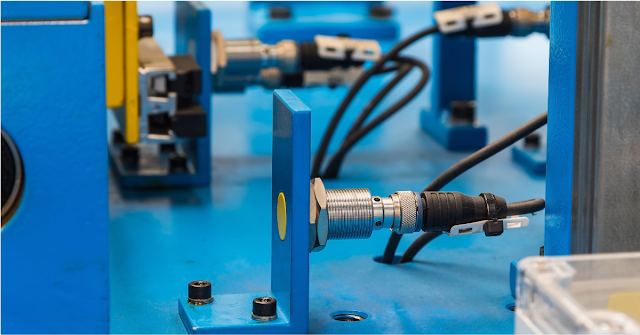In modern electronics and industrial automation systems, optocouplers—also known as optoisolators—play a crucial role in safely transmitting signals between different parts of a circuit. They allow electrical systems to communicate without a direct electrical connection, which helps prevent voltage spikes and electrical noise from damaging sensitive components.
What is an Optocoupler?
An optocoupler is an electronic component that transfers electrical signals using light. It typically consists of:
-
Light-emitting diode (LED) on the input side
-
Photodetector (phototransistor, photodiode, or photothyristor) on the output side
When a voltage is applied to the LED, it emits light. This light is detected by the photodetector, which then activates the output side of the circuit.
Working Principle:
-
Input Signal Applied
A small input voltage is applied to the LED, which is forward-biased. -
Light Emission
The LED emits infrared light in response to the input signal. -
Optical Transmission
The emitted light travels across the optically transparent gap inside the optocoupler. -
Photodetector Activation
The photodetector (usually a phototransistor) on the output side receives the light. It becomes conductive, allowing current to flow in the output circuit. -
Electrical Isolation
Since the two sides are linked only by light, electrical isolation is maintained between input and output.
Why Use an Optocoupler?
The main advantage of using an optocoupler is electrical isolation. The input and output are optically linked but electrically isolated, preventing high voltages or noise on one side from affecting the other side.
This makes optocouplers ideal for:
-
Protecting microcontrollers and PLCs
-
Signal isolation in communication systems
-
Noise reduction in industrial environments
Common Applications of Optocouplers
Optocouplers are found in a wide range of applications, including:
-
Industrial Automation Systems
-
Microcontroller Interfaces
-
Switching Power Supplies
-
Signal Transmission Between High and Low Voltage Circuits
-
Motor Control Circuits
They are especially important in PLC-based control systems and inverter-driven equipment where safety and signal integrity are critical.
Types of Optocouplers
-
Phototransistor Output – Most common, used for simple signal switching
-
Photodarlington Output – Provides higher gain
-
Photodiode Output – Used for high-speed signal transmission
-
PhotoSCR / PhotoTriac – Ideal for AC switching applications
Conclusion
Optocouplers are small components with a big impact. They ensure safe, reliable, and noise-free signal transmission in both industrial and consumer electronics. Whether you're working on an embedded project or an industrial automation system, understanding how optocouplers work can help you design more robust and efficient systems.







0 Comments